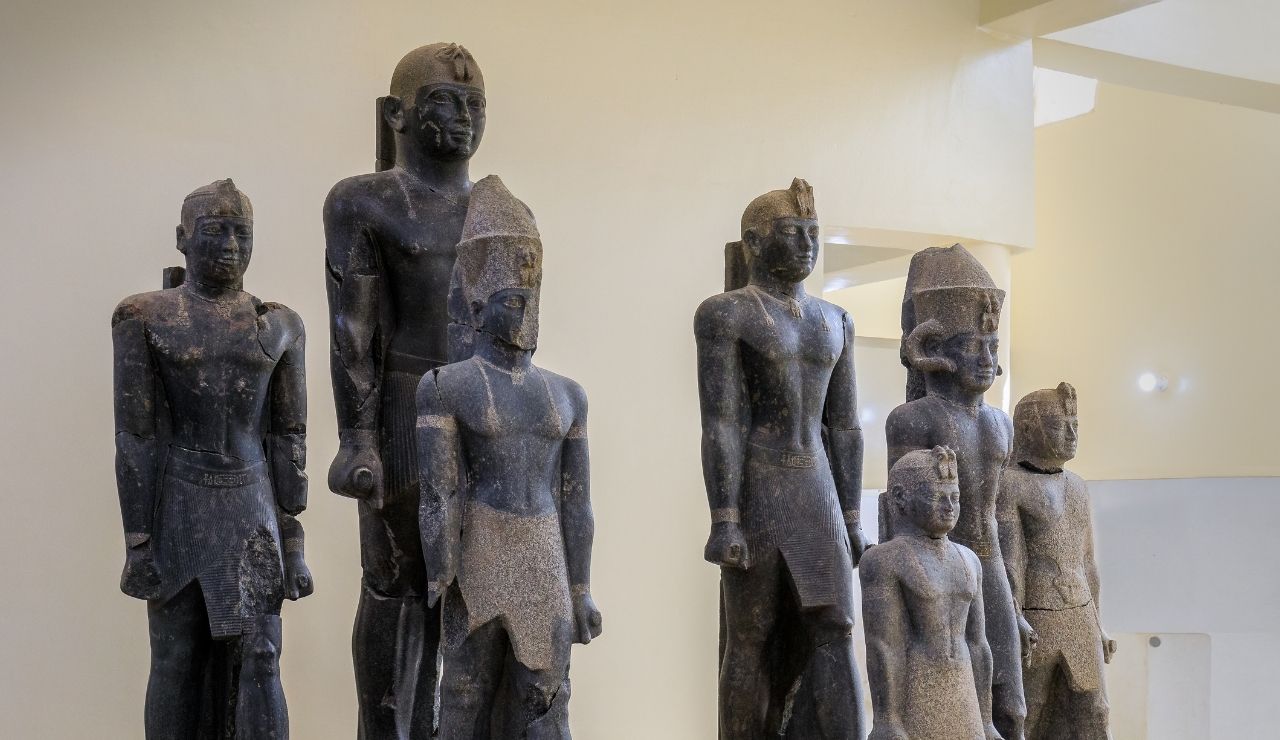Ancient Egypt remains one of the most studied civilizations in history, yet many popular beliefs no longer reflect what modern archaeology confirms. Research using ground surveys, written records, and forensic evidence has challenged outdated ideas. As more discoveries surface, historians now offer a clearer, more accurate understanding of Egyptian life, its leaders, and the marvels they left behind.
1. Slaves Built the Pyramids
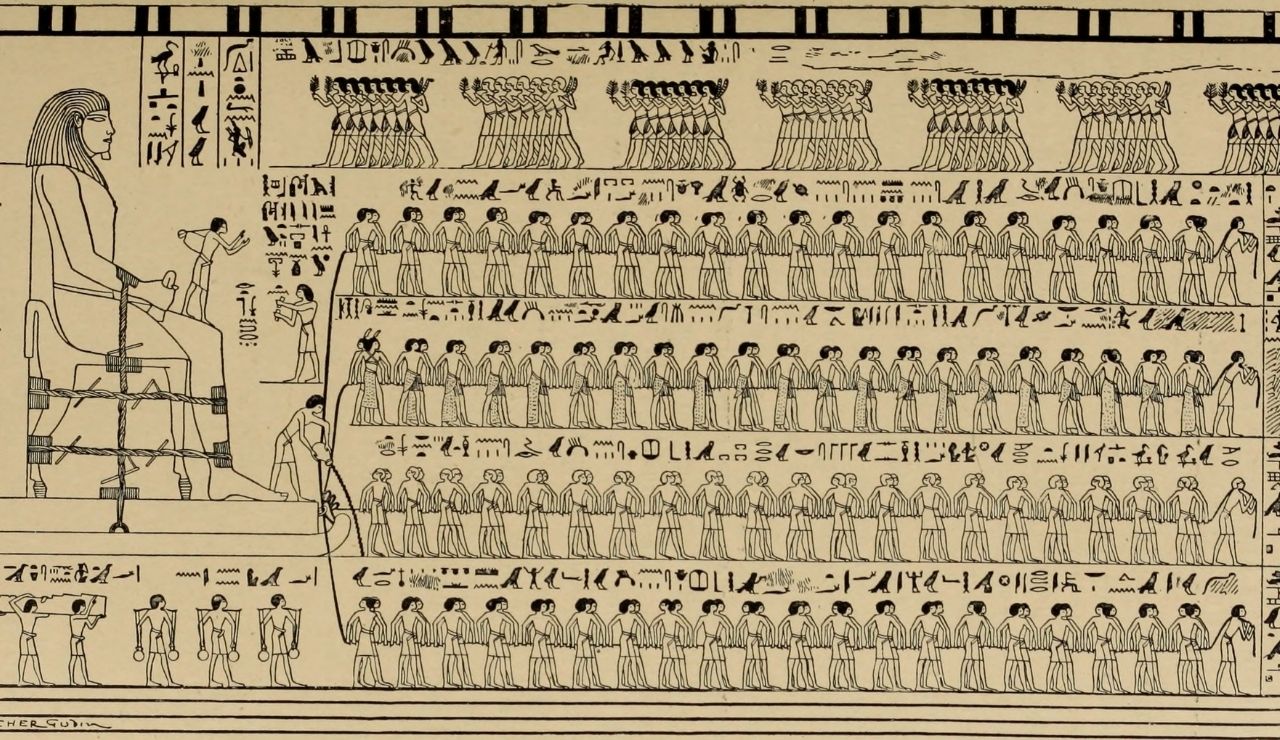
Excavations at Giza reveal that pyramid builders were not slaves. Archaeologists found remains of workers’ villages with proper housing, tools, and food supplies. Mark Lehner’s team discovered burial grounds near the pyramids, showing that laborers received respect in death. Slaves would not have been honored this way. These workers formed organized crews, followed schedules, and were part of a skilled labor force supported by the state.
2. Cleopatra Was Ethnically Egyptian
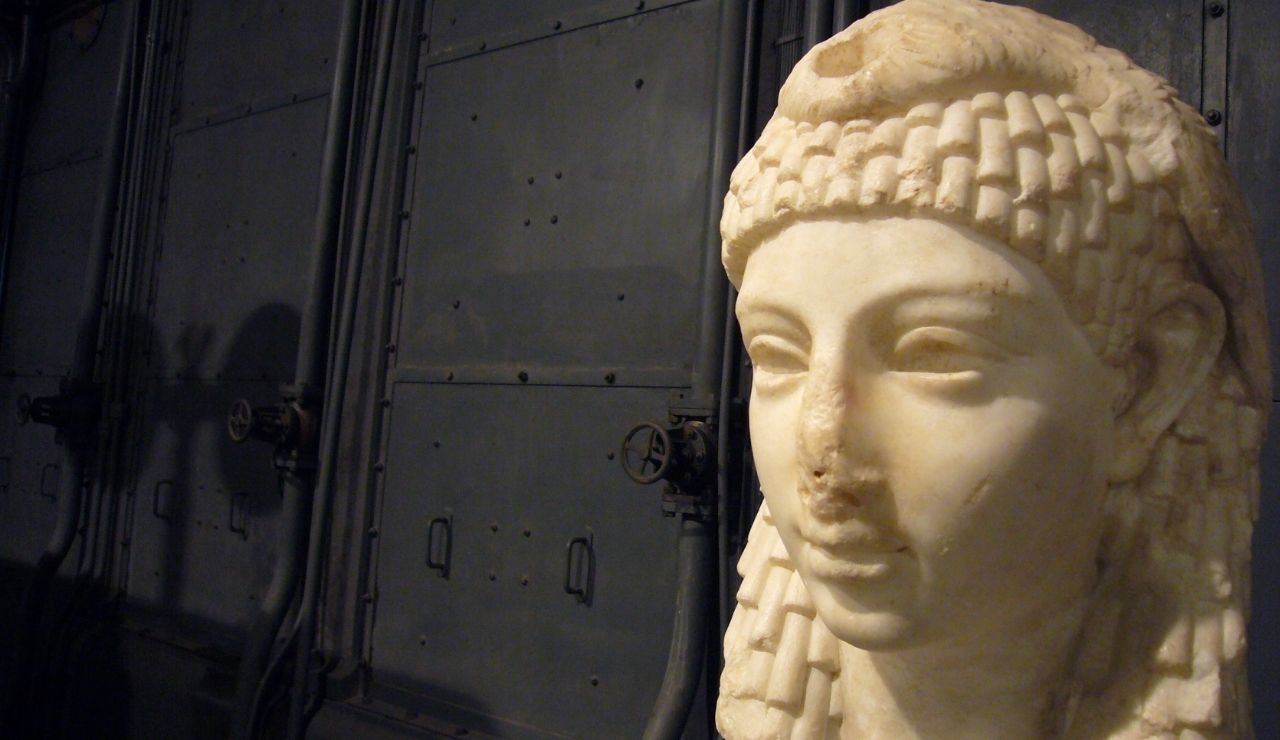
Cleopatra VII ruled Egypt but did not descend from native Egyptians. She belonged to the Ptolemaic dynasty, founded by Macedonian Greeks after Alexander the Great’s conquest. Her family spoke Greek and ruled for generations without intermarrying with Egyptians. Ancient coins and writings confirm her heritage. Although she learned the Egyptian language and followed local customs, her ancestry remained firmly rooted in foreign bloodlines.
3. The Pyramids Are in the Middle of the Desert
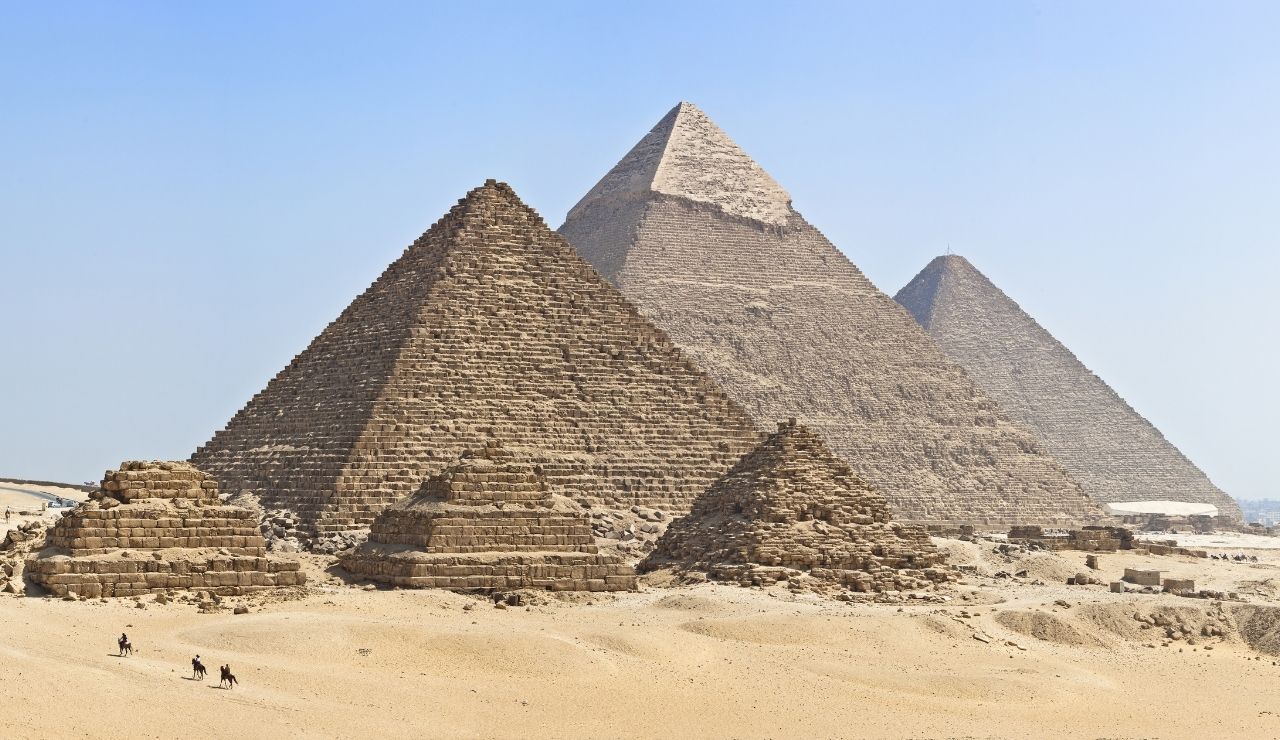
Popular photos often make the pyramids appear isolated in open desert, but this is misleading. The Giza Plateau sits at the edge of modern-day Cairo. Restaurants, highways, and city buildings now surround the ancient site. A simple satellite view shows the close proximity of urban life. Carefully framed tourist images create the illusion of complete desert isolation, even though the city sits just steps away.
4. Ancient Egyptians Worshipped Cats as Gods
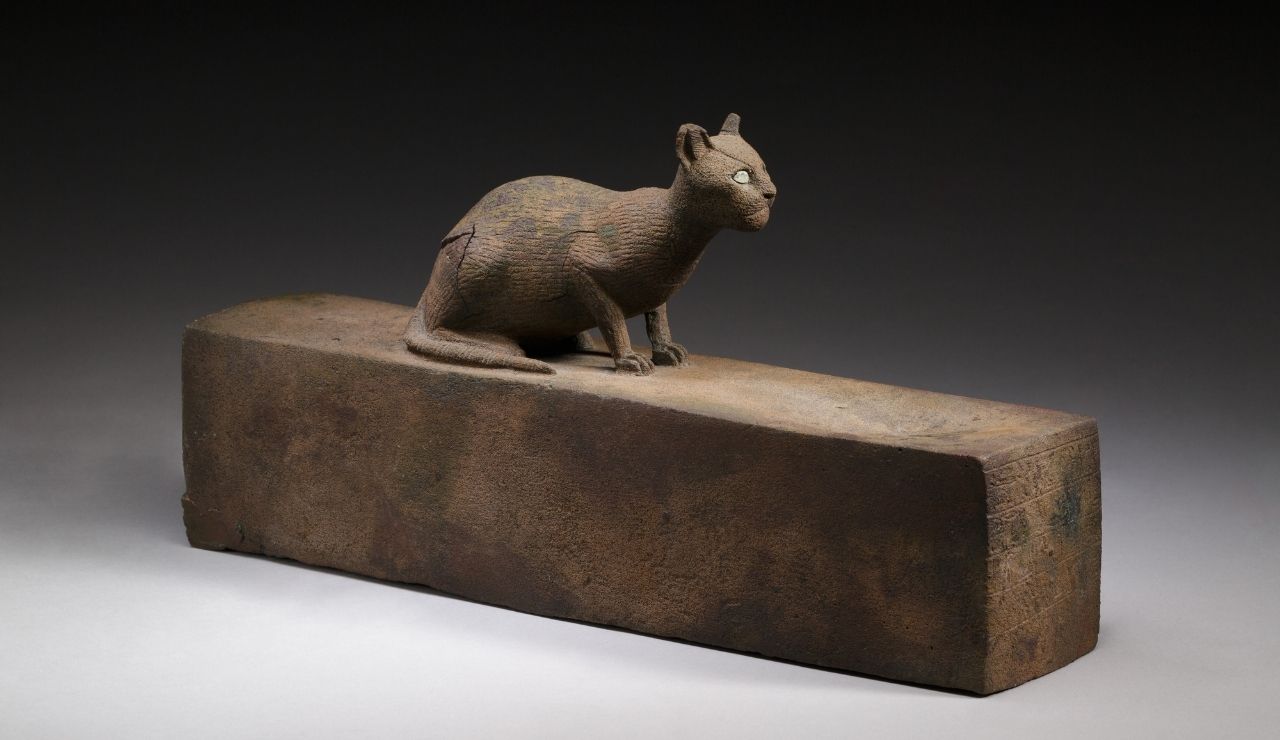
Cats played an important role in ancient Egyptian homes, especially as protectors against snakes and rodents. Egyptians linked cats to the goddess Bastet, who symbolized protection and fertility. However, they did not worship cats as deities themselves. Cat mummies found in large cemeteries were often offerings to honor the gods, not objects of direct worship. Their sacred role reflected respect, not divine status.
5. Mummies Were Always Wrapped the Same Way
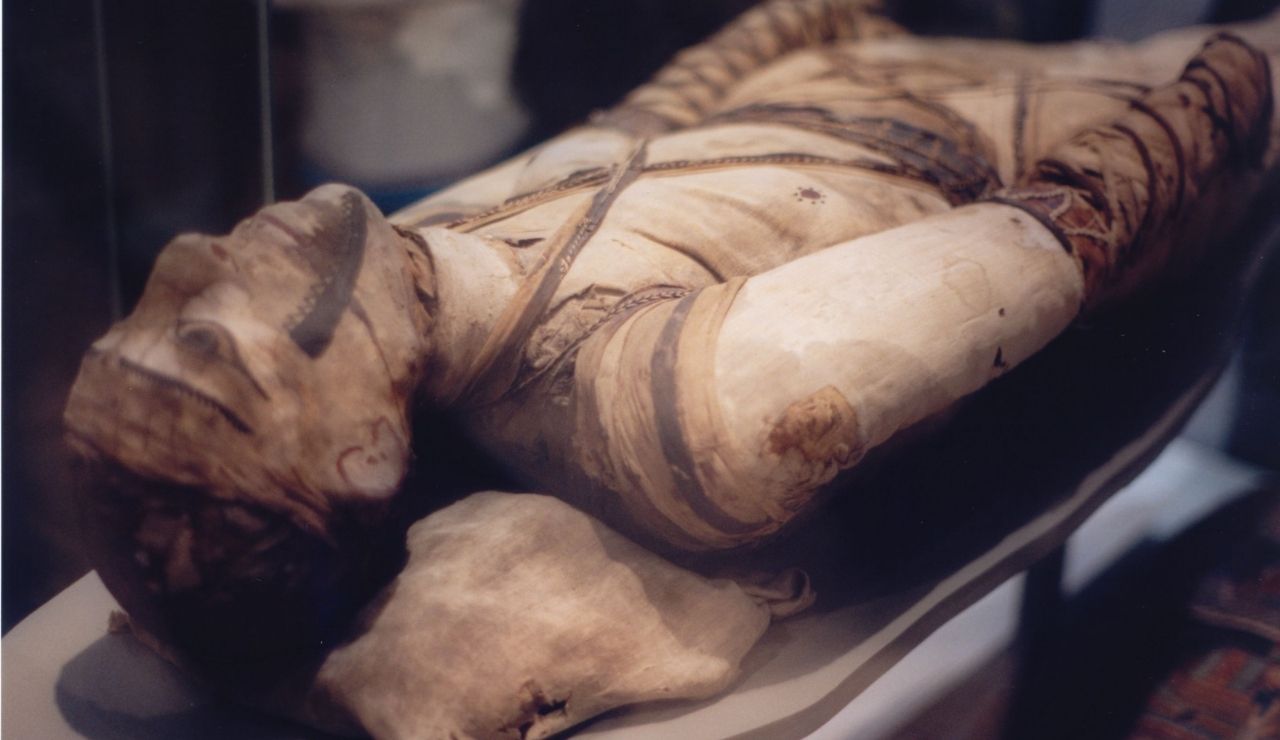
Mummification methods varied widely depending on the period, region, and social status of the deceased. Some elite individuals received layered wrappings and jewelry, while others had basic coverings. CT scans and modern autopsies show changes in techniques over centuries. Embalming practices evolved with shifts in religious ideas and economic resources. The idea of a single, unchanging ritual does not match the historical record.
6. All Pharaohs Were Male
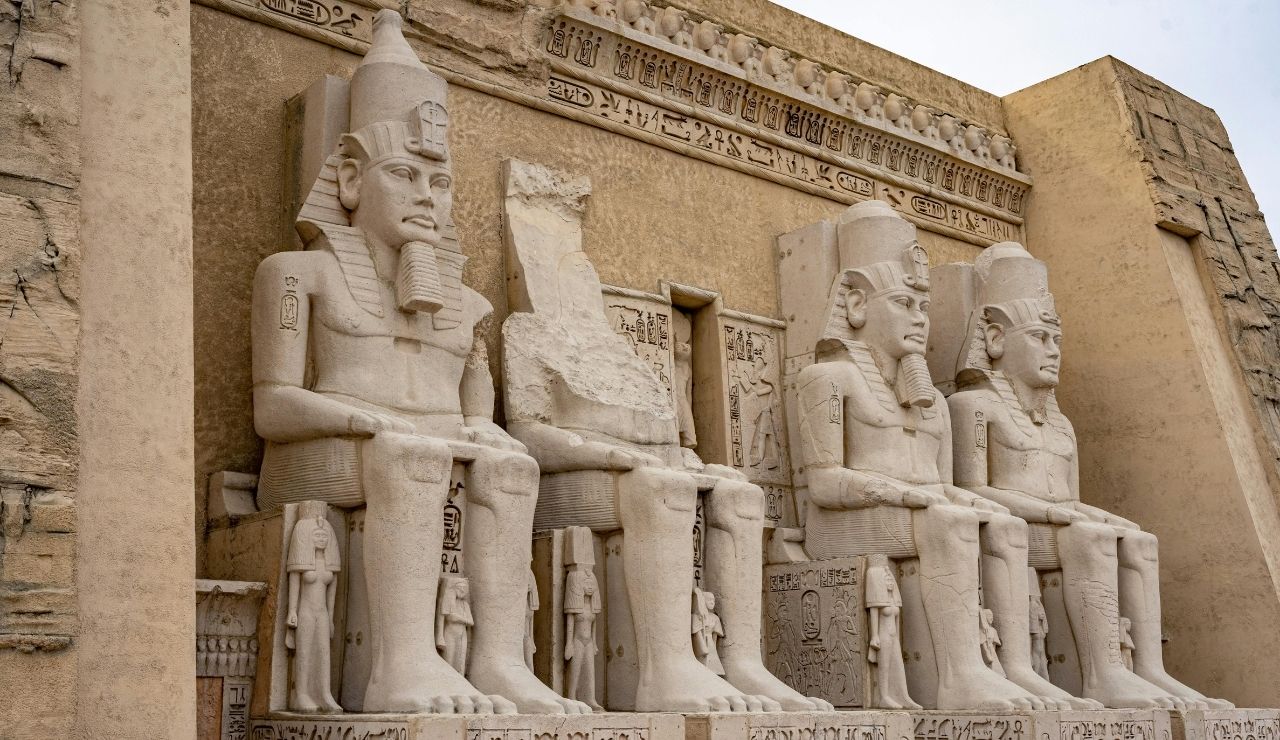
Ancient Egypt had male rulers, but several powerful women held the title of pharaoh as well. Hatshepsut ruled for over twenty years and often had herself depicted in male form to legitimize her authority. Sobekneferu and Cleopatra VII also governed Egypt with full royal power. Inscriptions, statues, and temples confirm their roles in leadership. Gender did not fully limit who could rise to the throne.
7. Hieroglyphs Were Just Picture Writing
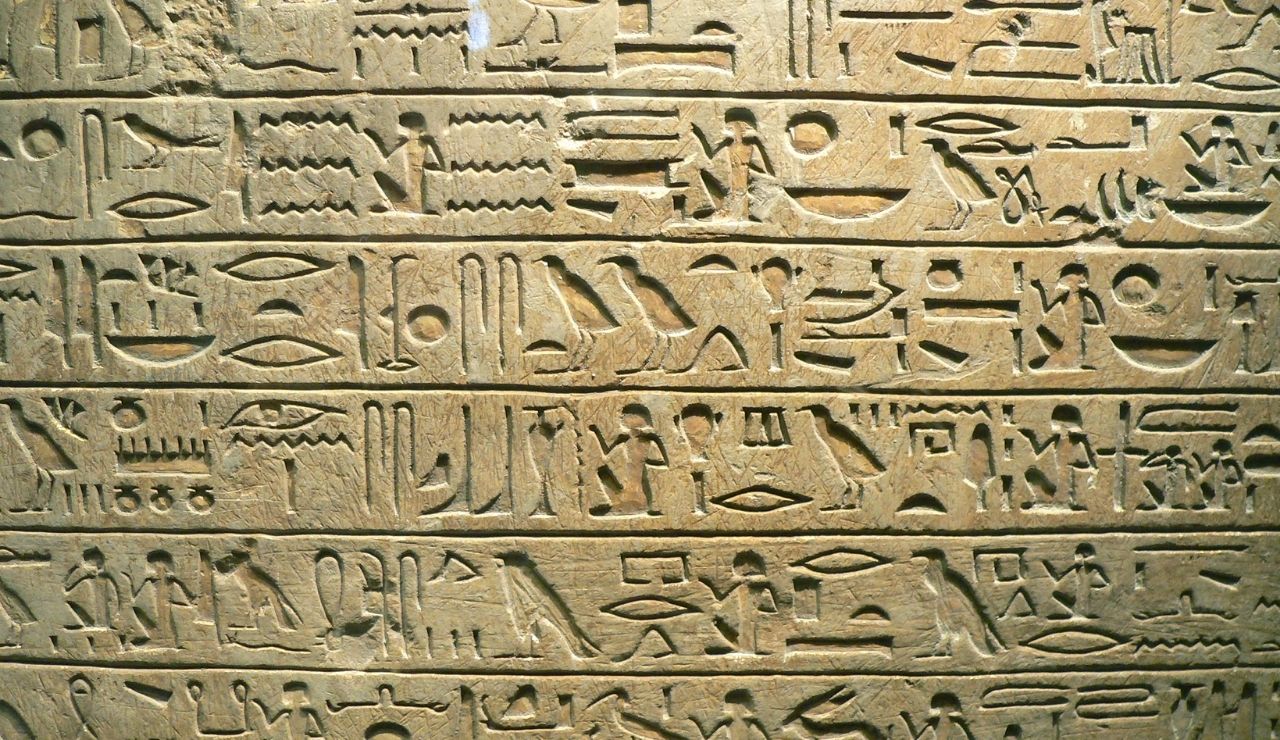
Hieroglyphs were far more advanced than simple drawings. They formed a full writing system with grammar and phonetics. Some signs represented sounds, others whole words or ideas. The Rosetta Stone, decoded by Champollion, helped scholars understand how the system worked. Scribes trained for years to master it. The language served religious, political, and administrative purposes and functioned as a structured form of written communication.
8. The Sphinx Lost Its Nose to Napoleon
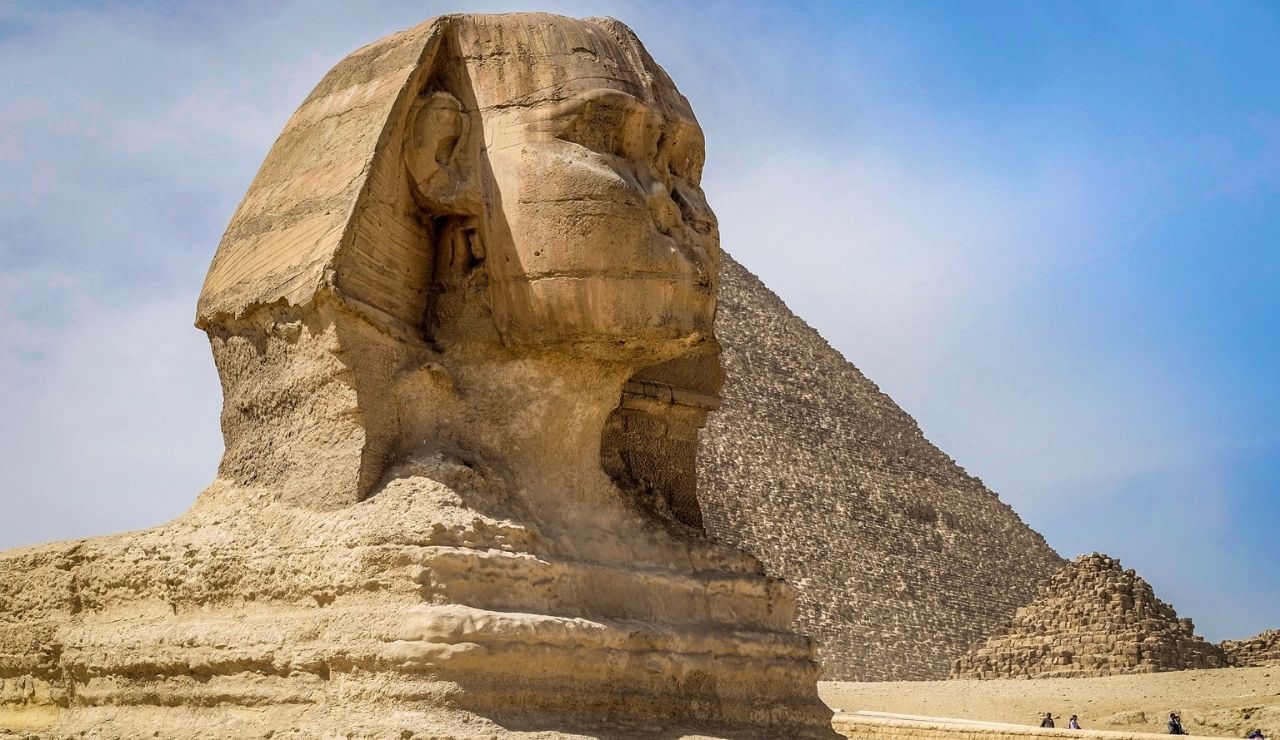
Many believe Napoleon’s army shot off the nose of the Great Sphinx, but this story has no basis in fact. Sketches made before Napoleon’s time already show the Sphinx without a nose. Archaeological studies suggest someone deliberately removed it with tools, likely during an effort to deface sacred imagery. Reports from Arab historians indicate the nose was destroyed many centuries earlier than the French campaign.
9. The Afterlife Was Guaranteed for Everyone
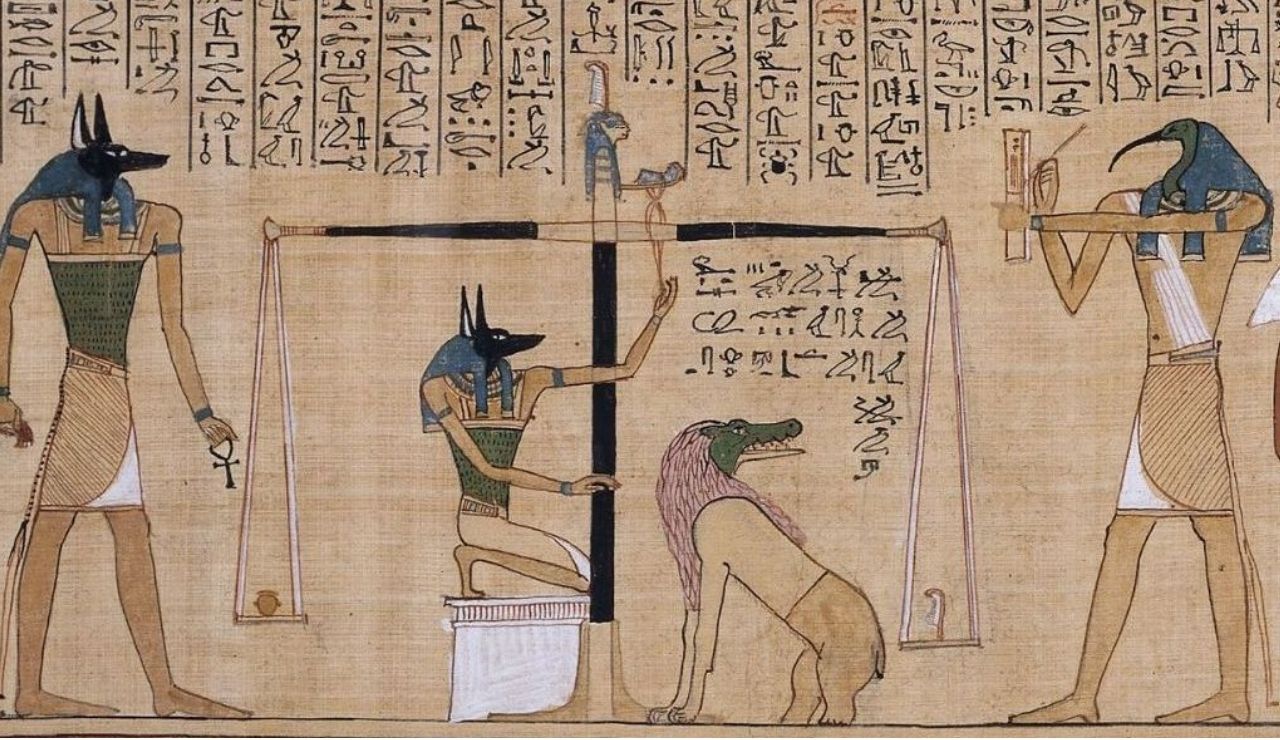
Ancient Egyptians believed in an afterlife, but it was not automatically granted. The Book of the Dead outlines rituals, passwords, and moral tests needed to enter the next world. The weighing of the heart against the feather of Ma’at decided one’s fate. Only those who lived by ethical principles and passed judgment could reach the Field of Reeds. Others faced destruction by the goddess Ammit.
10. Hieroglyphs Were Magical Symbols
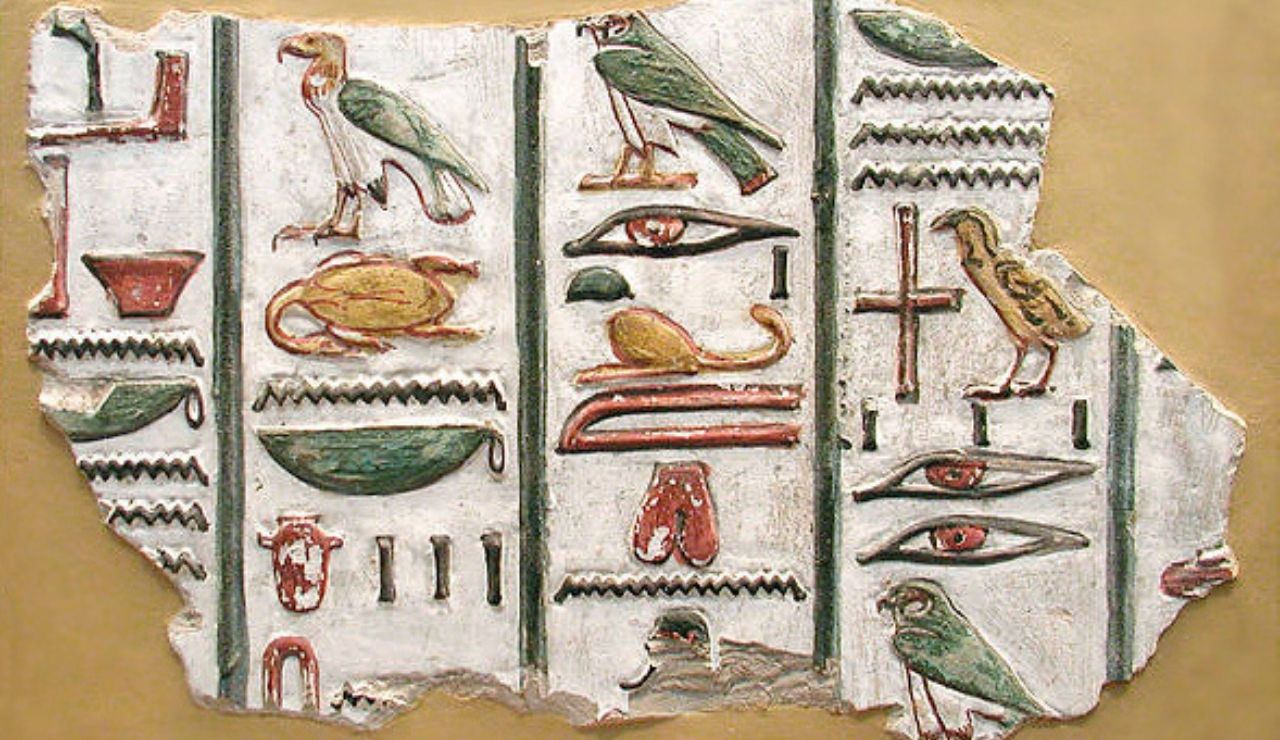
Some believe hieroglyphs held magical power by themselves, but they functioned as a written language. While used in religious contexts, they were not spells. Priests and scribes used them in temple inscriptions, legal texts, and public announcements. The belief in their magic grew during later periods, especially when outsiders could not read them. Decoding the Rosetta Stone proved they were structured, not mystical.
